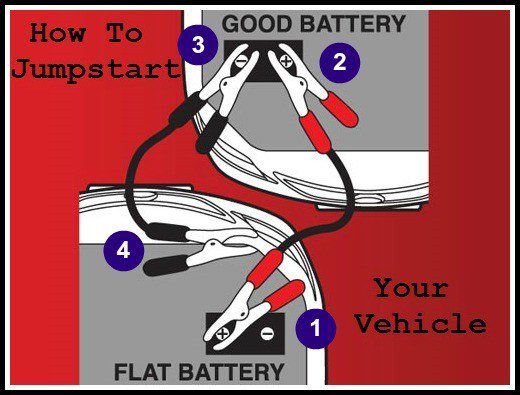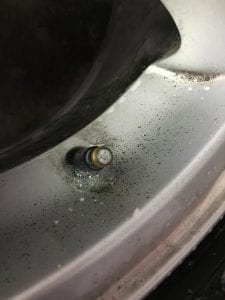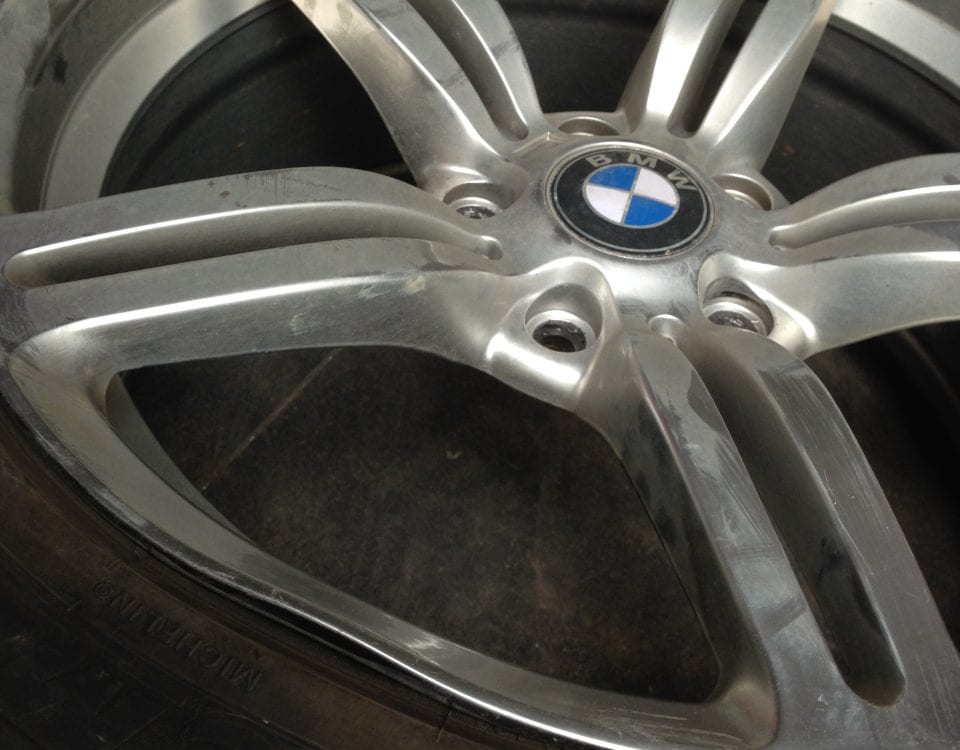
How to Use A Tire Tread Gauge?
October 1, 2019
Boosting A Vehicle
November 25, 2019There are 3 probable cause for a slow leaking tire :
- presence of foreign materials on the surface of the tires
- corrosion developing on the rim where the tire is in contact with the metal
- Valve failure
- Bending of wheel
The most probable cause for slow leaking tires is the presence of foreign materials on the surface of the tires that include glass particles, nails, thorns, and other sharp objects. Nails, for instance, can puncture the tire leading to air loss estimated at about 2-3 psi per day. The nail can retain itself in the tire leading to insignificant loss of air. This, however, necessitates that the nail is removed from the tire and repairs undertaken to stop the leakage.


Corrosion developing inside the rim is the cause of many slow leaks. It can develop whether your rim is of steel or aluminum alloy. Rim corrosion slowly destroy the smoothness of the rim surface in contact with the tire’s rubber. As debris accumulates and paint chips form creating a space in between the rubber and the metal. The seal has been compromised. This space, although small is enough to leak air. The rate of air leakage is directly related to the amount of corrosion damage of the wheel.
Another common cause is a poor valve system that is caused by exposure to a lot of chemicals and other hazards on the road. Corrosion or dirt under the valve is often a factor. It is recommended that rubber valves be removed, and the area thoroughly cleaned before installing a new valve every 4-5 years or when a new set of tires installed.
The case of bent wheel can also contribute to vibrations of the car which results in damages to the beads of the tire consequently leading to air leak. This may occur as a result of driving over a large pothole or even a curb which may cause flexing in the tire side walls. In such an occurrence, it is advisable to check for aspects such as sidewall bulges, cuts, and punctures.
Temperature
Since a variation in temperature will affect air pressure, a drop and rises in temperature will lead to lower or higher pressure. Typically, a change in 10 degrees Celsius will result in a change of one psi. This is common in the Spring and Fall when temperature drops overnight and return to normal in the daytime. In this circumstance, a car parked outside during the night may lose pressure then, gain it back during the day. A partially deflated tire in the morning should be treated as normal and adding air in the tire may be necessary.
How to Detect
Air leaks may be detected by sound or feel; air leaks produce hissing sounds that are easily detectable as you get closer to the leak. You can also spray soapy water on the surface of the tire and rim edge. Bubbles appear where the leakage is. Putting the faulty wheel in water will also result in water bubbles where the leakage is present.


